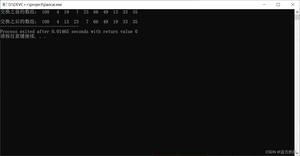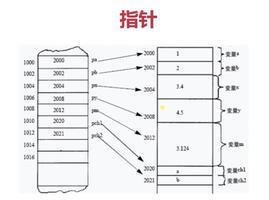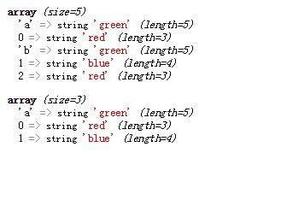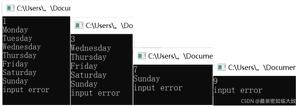在C++中,最小删除数可被10次方K整除
问题陈述
给定两个正整数N和K。找到可以从数字N中删除的最小位数,这样在删除之后该数字可以被10K整除。如果不可能,则打印-1。
示例
如果N = 10203027和K = 2,那么我们必须删除3位数字。如果我们删除3、2和7,则数字变为10200,可被102整除
算法
1. Start traversing number from end. If the current digit is not zero, increment the counter variable, otherwise decrement variable K2. If K is zero, then return counter as answer
3. After traversing the whole number, check if the current value of K is zero or not. If it is zero, return counter as answer, otherwise return answer as number of digits in N –1
4. If the given number does not contain any zero, return -1 as answer
示例
#include <bits/stdc++.h>using namespace std;
int getBitsToBeRemoved(int n, int k) {
string s = to_string(n);
int result = 0;
int zeroFound = 0;
for (int i = s.size() - 1; i >= 0; --i) {
if (k == 0) {
return result;
}
if (s[i] == '0') {
zeroFound = 1;
--k;
} else {
++result;
}
}
if (!k) {
return result;
} else if (zeroFound) {
return s.size() - 1;
}
return - 1;
}
int main() {
int n = 10203027;
int k = 2;
cout << "Minimum required removals = " <<
getBitsToBeRemoved(n, k) << endl;
return 0;
}
当您编译并执行上述程序时。它产生以下输出
输出结果
Minimum required removals = 3
以上是 在C++中,最小删除数可被10次方K整除 的全部内容, 来源链接: utcz.com/z/341245.html









